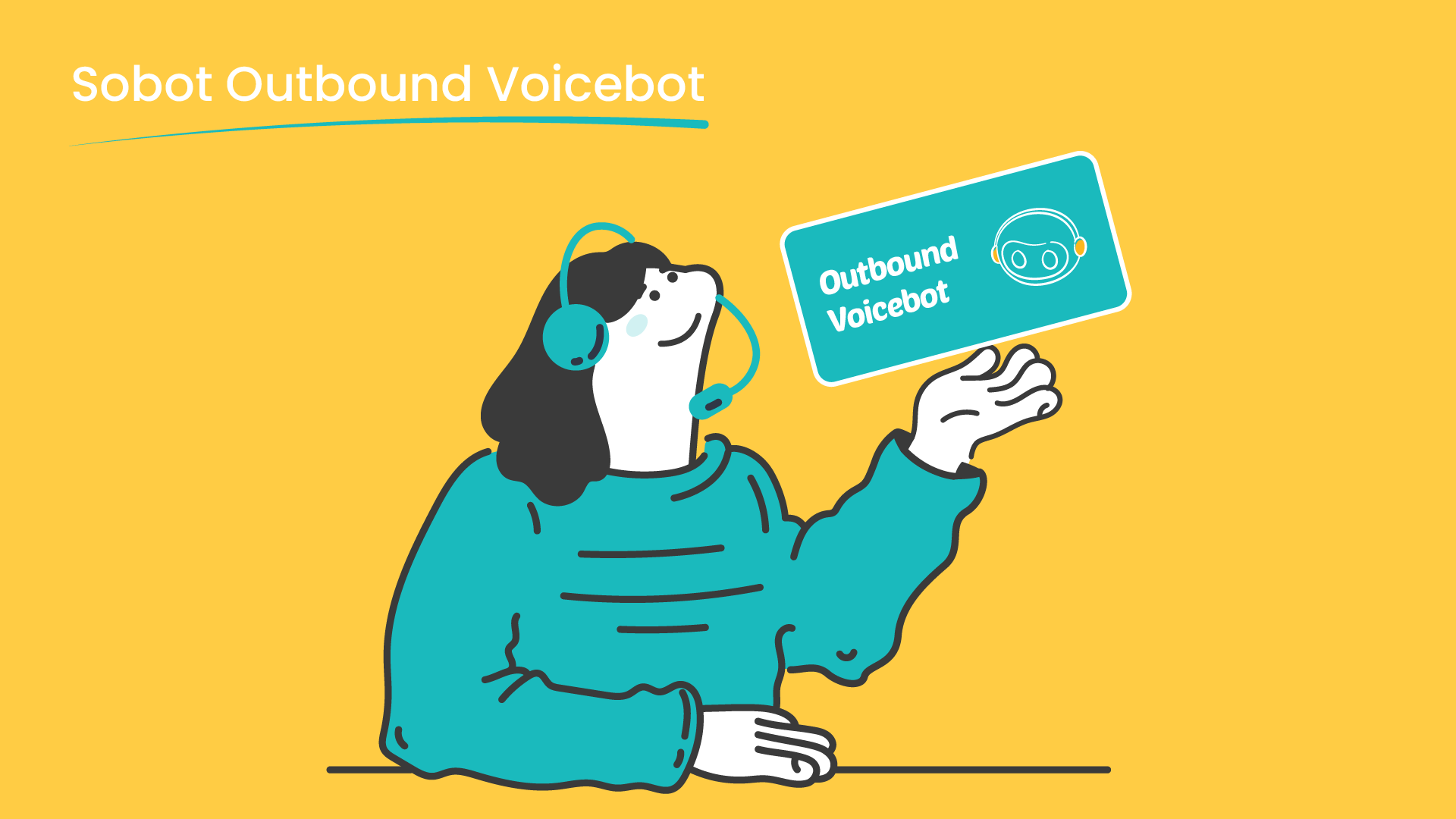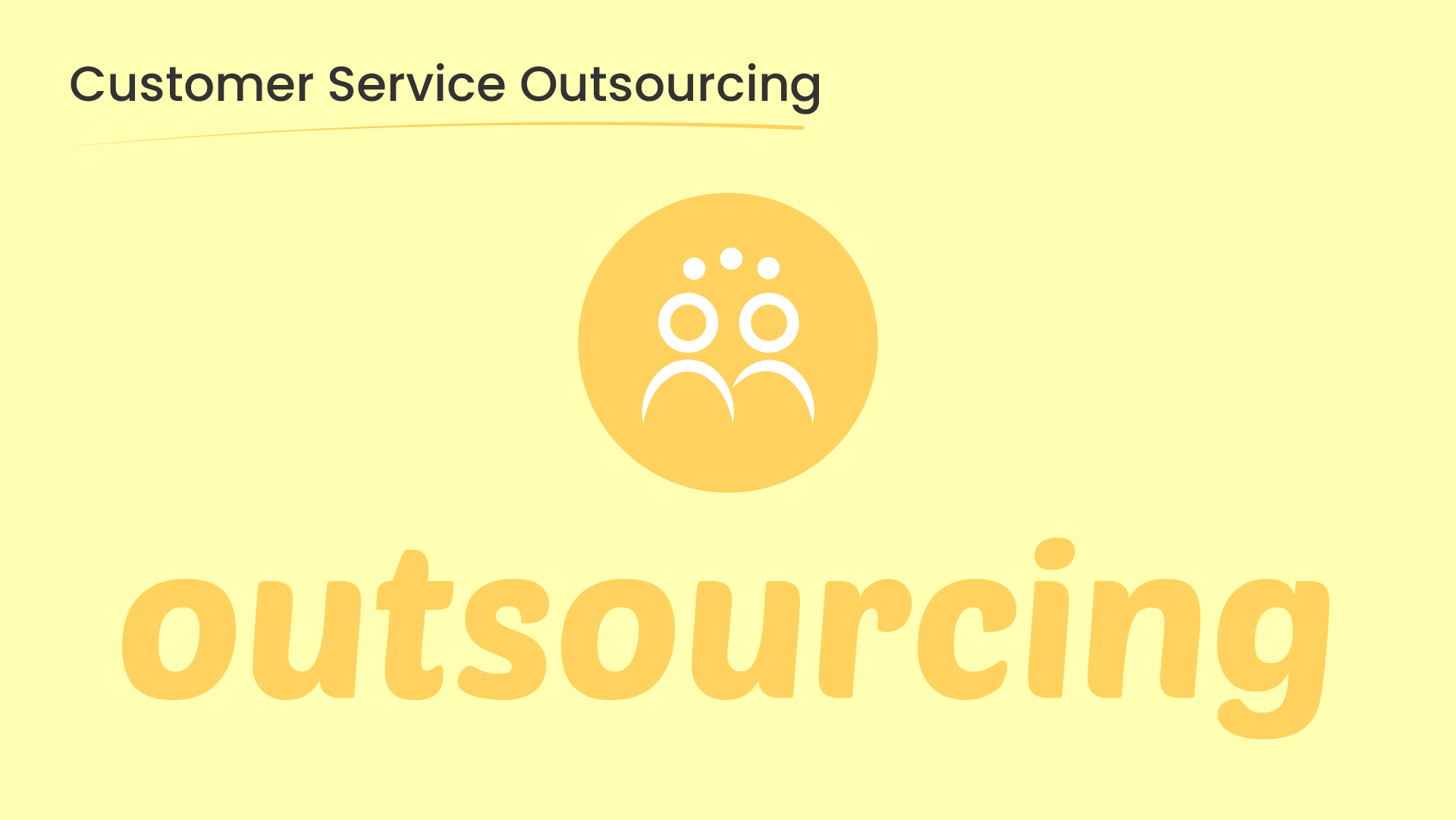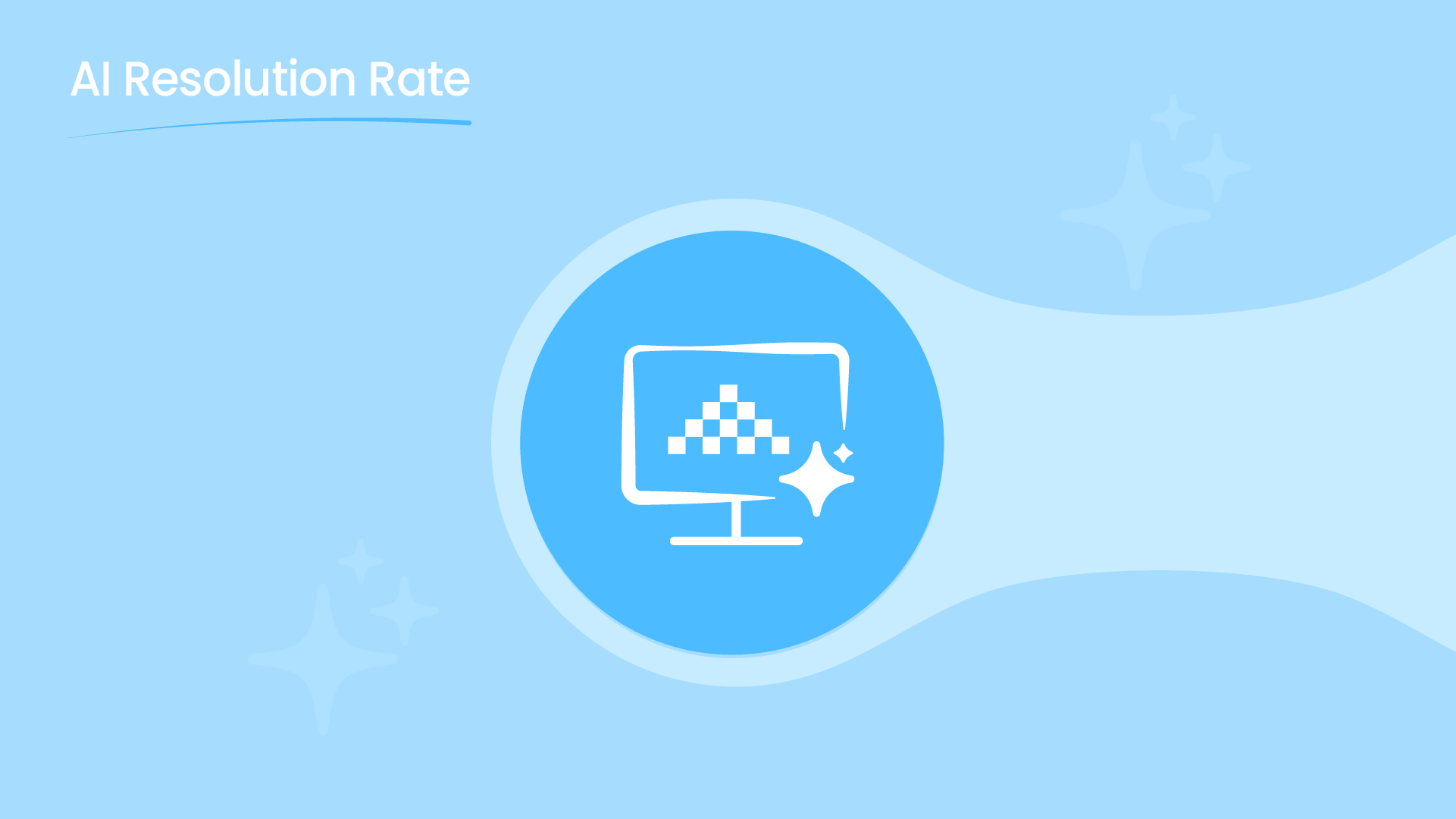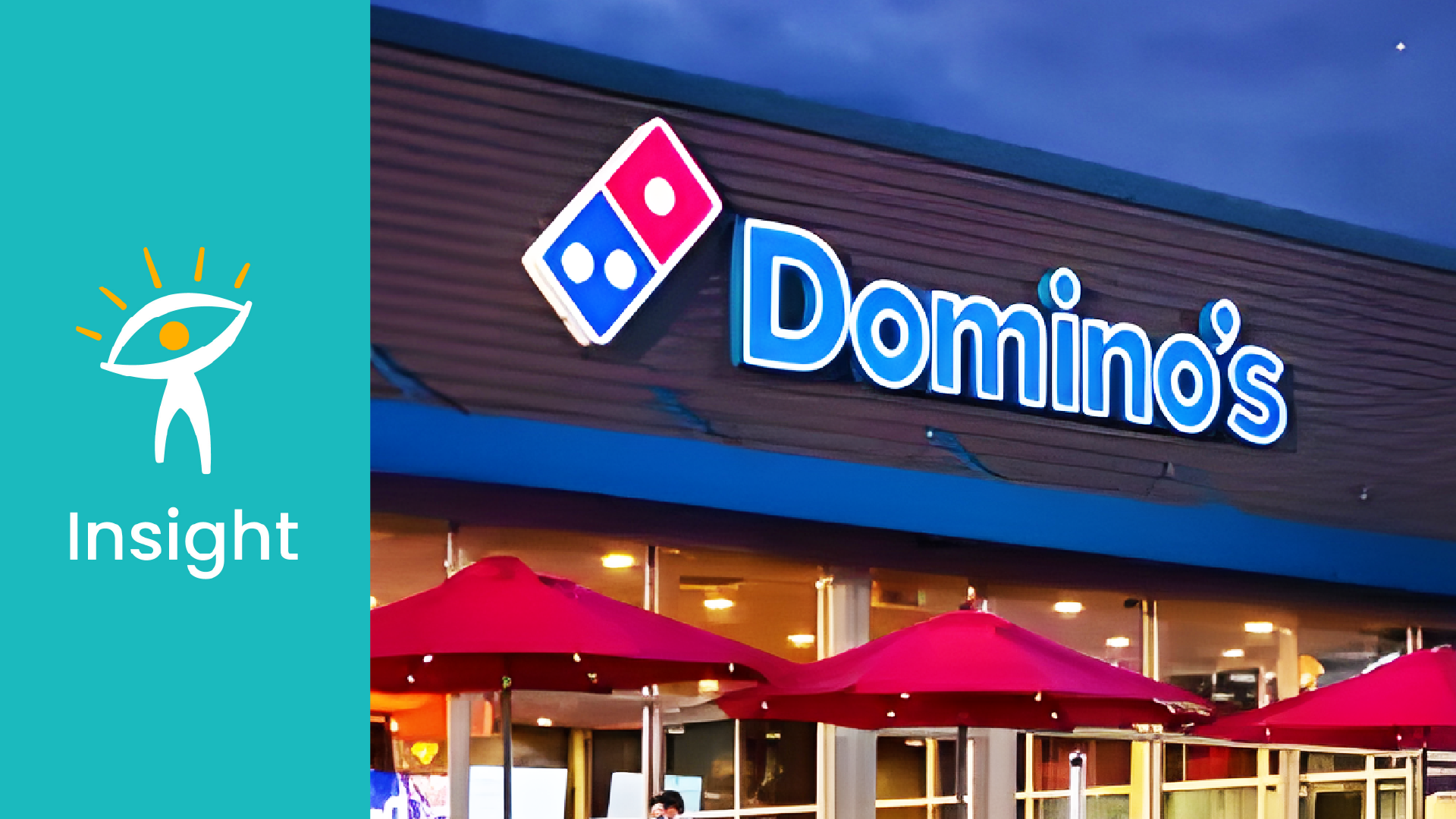Instagram is one of the world’s most renowned social media platforms, with 1 billion monthly active users globally. Statistics show that 71% of its users are under 35, a demographic with strong purchasing power for most products of today’s market. Thanks to this user base, Instagram has been able to develop its commercial model in a deep and smooth way. In recent years, it has built a closed loop that combines entertainment, social interaction, and shopping. Beyond the advertising revenue, the Instagram Shop model has also emerged— it serves as a key tool and channel for both the platform and merchants to drive conversions, and has become a critical space for brands looking to expand their presence in global markets.
What is IG Shop?
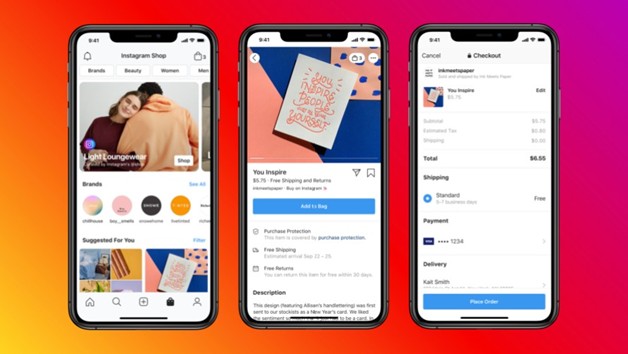
After merchants register an official account on the Instagram Shop platform, they are allowed to directly display and sell products to users. Enterprises can tag products in their posts and IG Stories, enabling users to access product information directly and make purchases by clicking on the tagged items—providing Instagram users with a convenient and seamless shopping experience.
In addition, Instagram Shop offers a variety of tools and features, such as personalized product recommendations and curated collections. It also provides secure payment options, customer support, and order tracking to ensure smooth transactions. For enterprises, effective operation of Instagram Shop not only enhances brand reputation and user stickiness but, more importantly, directly drives conversions. It also helps them better understand customer behavior, track sales performance, and optimize marketing strategies.
The process of setting up an Instagram Shop is quite simple, requiring only 4 steps:
- Convert to a Business Account: Merchants must have an Instagram Business Profile with basic info (contact details, business hours, and address) and mainly sell physical goods (no virtual products).
- Connect to a Facebook Page: Click “Settings”, then “Business”, and tap “Connect a Facebook Page”. Choose the Facebook Page that represents your business.
- Upload the Product Catalog: You can both manually upload catalog by selecting “Add Items” in Commerce Manger, and automatically introduce the existing catalog by integrating with platforms like Shopify and WooCommerce.
- Submit for Approval: After connecting the product catalog to Instagram and adding products, submit your account for review. The review process usually takes a few days; once approved, Instagram Shop is activated.
Statistics show that Instagram has an engagement rate of 2.2%, far exceeding that of other platforms, making it widely recognized as the platform with the highest conversion rate. Meanwhile, 60% of Instagram users (nearly 600 million) discover and explore the latest global products through Instagram. This has led to a growing number of enterprises worldwide launching online marketing campaigns via Instagram.
However, Instagram already hosts a wide variety of shops. How can merchants stand out from the competition? To address this, we have compiled 9 practical marketing features for Instagram Shop that may help your products get more “discoveries” by users.
9 Practical IG Shop Marketing Features
1. Tag Products to Boost Exposure
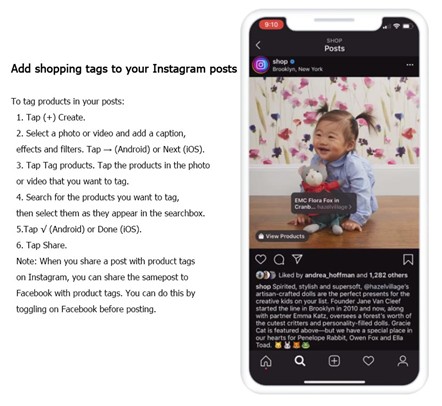
After setting up the aforementioned Instagram Shopping features, merchants can add product tags to their posts and use shopping stickers in Stories. These tags and stickers will highlight product links, allowing followers to easily view the products featured in the posts.
2. Exclusive QR Code for Easier Following
A QR Code is a unique barcode for business accounts, which can be understood as an ID card or business card. When users scan your QR Code, they are directed to your Instagram profile directly—saving the time of manual search and shortening the path for customers to find you.
To generate an Instagram QR Code, simply tap the menu icon in the top-right corner of your profile, then select “QR Code”. Instagram will create a custom QR Code for you. You can also choose different emojis as the QR Code background, or even use a personal photo to make the “business card” more personalized.
By printing this QR Code on cards or product packaging, you can promote your official Instagram account and create more opportunities for customers to engage with your social media platform.
3. Integrate Chatbot & Live Chat to Improve Conversions
For merchants who own an Instagram Shop, direct messages (DMs) become the only channel for user consultation. However, during peak periods like promotions or shopping festivals, it is difficult for customer service teams to handle all Instagram conversations individually. Delayed responses may lead to user dissatisfaction or lost orders.
To solve this, we recommend merchants integrate a customer service platform into Instagram DMs and use more efficient chatbots and live chat to handle user messages in real time. Merchants can use the Sobot chatbot for initial handling: when a user clicks to start a DM conversation, the LLM-powered chatbot first receives the inquiry, understands the user’s intent, and generates responses to resolve and filter most issues. If the user insists on speaking to a human agent, the system will automatically transfer the conversation to an agent—no further operation required from the user.
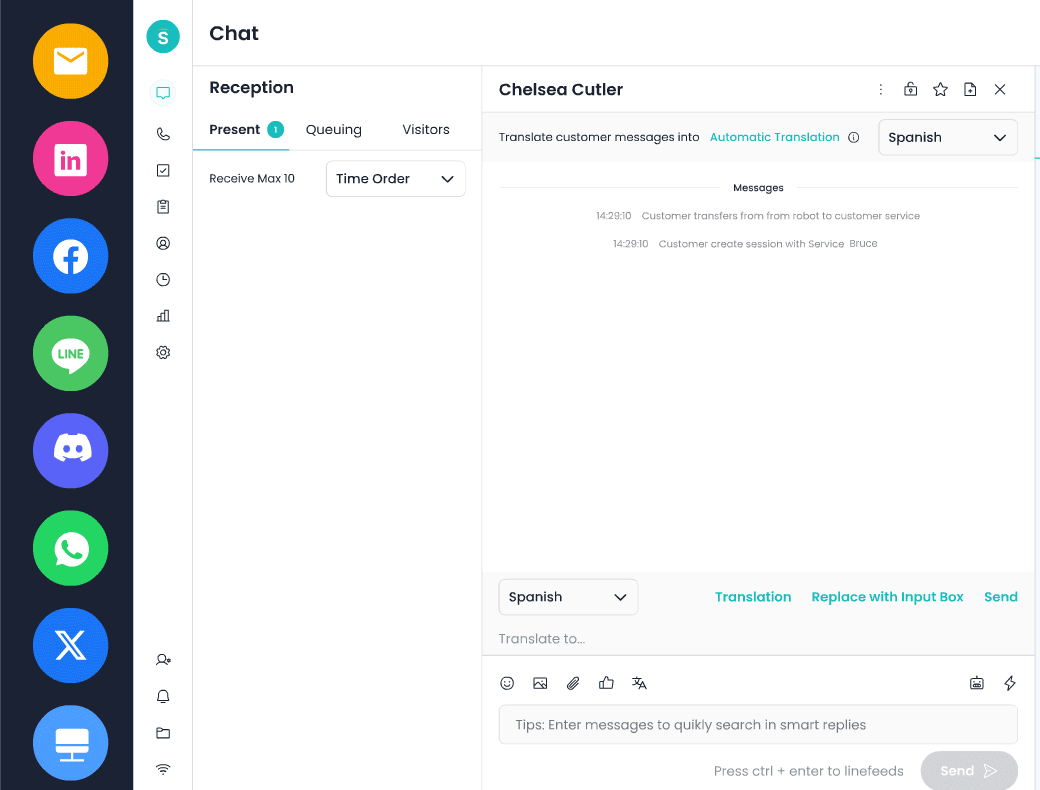
4. Hide Like Counts to Avoid Loss of Trust
Undoubtedly, the number of likes is also a source of consumer trust in a brand. If users see too few views or likes, it may reduce their willingness to purchase. Therefore, Instagram has launched a thoughtful feature: hiding the number of likes on posts.
To hide like counts on your Instagram posts, you can follow the steps below:
- For new posts: When creating a post, scroll to “Advanced Settings” and enable “Hide Like and View Counts on This Post” before publishing.
- For existing posts: Go to the post, tap the three-dot menu, and select “Hide Like Count”. This way, your audience will see “XXX and others liked this” instead of the exact like number, avoiding awkwardness from low likes for new brands.
5. Use Tools to Filter Popular Hashtags
Hashtags are key to content categorization in social media. Adding hashtags to posts is easy, but to select precise, high-traffic hashtags, merchants need to use tools for assistance.
For example, Later (an Instagram marketing platform) can provide merchants with new hashtag recommendations. Besides, All-Hashtag also allows merchants to check which relevant hashtags are mostly viewed and used— these hashtags can be copied and used in their own posts, making the process very convenient.
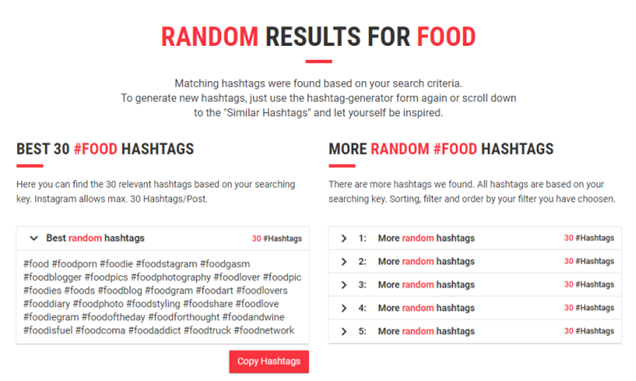
6. Create Product Collections to Encourage User Exploration
Catalogs are product collections displayed in Instagram Shop. They can include multiple products, categorized by different types, series, or themes. Merchants can add product images, names, prices, descriptions, and other relevant information in Catalogs. In this way, users can browse Catalogs to discover and explore more high-quality products of the same type.
7. Build Comprehensive Product Details Pages to Drive Conversions
A product details page showcases a single product in Instagram Shop. When users click on a product from the catalog, a post, or a Story, they will be directed to the product’s details page. Typically, the details page includes product images, descriptions, prices, stock status, and other relevant information—allowing users to learn more about the product and make a purchase.
Product details pages can also include other features, such as:
- Shopping Cart: Users can add products to the cart to purchase multiple items at once.
- Similar Product Recommendations: Based on user interests and past purchasing, Instagram may recommend similar products to encourage further exploration.
- Reviews and Ratings: Users can view other customers’ reviews and ratings on the details page, which helps them make purchase decisions. However, it is not recommended to display negative reviews.
8. Long Video Format for More Information
Previously, when uploading short videos in post format, it was difficult to control the starting point of playback. If users accidentally scrolled past the post, they had to start watching from the beginning—and there was also a limit on video length. However, since Instagram launched IGTV, merchants can now publish long videos (videos longer than 1 minute) on IGTV. Similar to YouTube, users can pause and play freely, enjoying a better viewing experience, and the videos can also contain more information.
9. Auto-Generated Subtitles for SEO Optimization
Uploading a video alone may not prompt the platform to promote it. Subtitles help the platform algorithm understand the general content of the video, thereby improving SEO performance. Additionally, users often browse social media in public places and may not turn on sound—making subtitles an essential element.
However, manual input and editing of subtitles are time-consuming. Therefore, Instagram has launched an auto-generated subtitle feature in 16 languages for IGTV videos. No additional video editing or manual subtitle typing is required.
When writing the title and description for an IGTV video, scroll down to enter “Advanced Settings”, then enable “Auto-Generated Captions”. This way, the uploaded IGTV video will have built-in subtitles, helping merchants optimize their SEO ranking on Instagram.
Conclusion
Currently, in addition to Instagram, Sobot can also integrate with 7 other global social media platforms (such as WhatsApp, Facebook, and LINE) and major global e-commerce platforms (including Shopify, TikTok, Lazada, and Shopee). After integration, all user inquiry messages can be aggregated and managed in a unified customer service workbench. The system can identify the user’s source channel and profile, and address their issues with the help of Sobot knowledge center—further improving the efficiency of service and marketing.
If you also need to provide service and conduct marketing on global social media, come to learn about Sobot solutions and have a try today!


